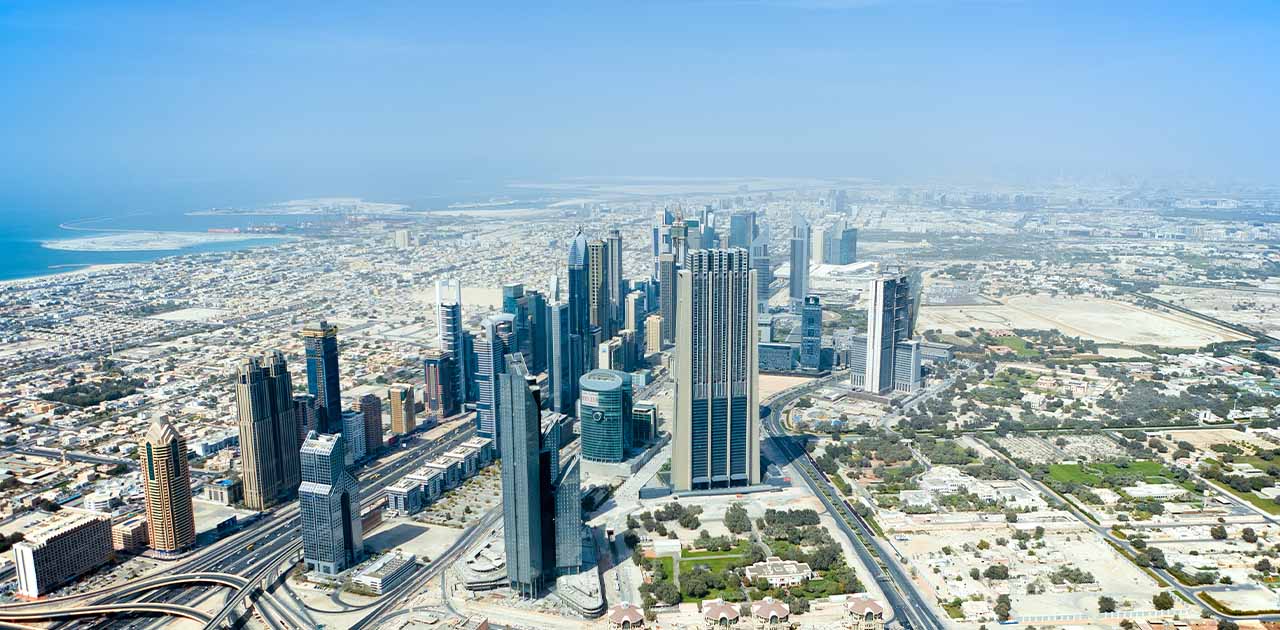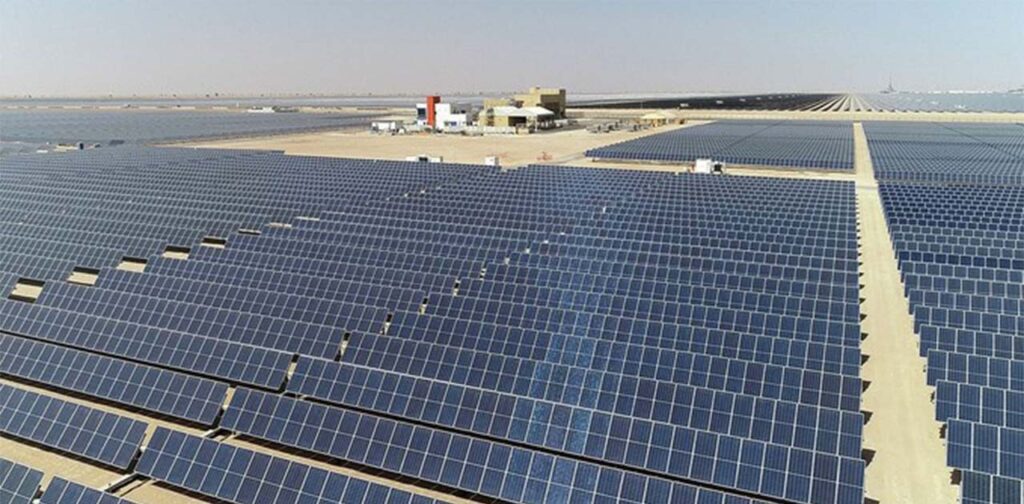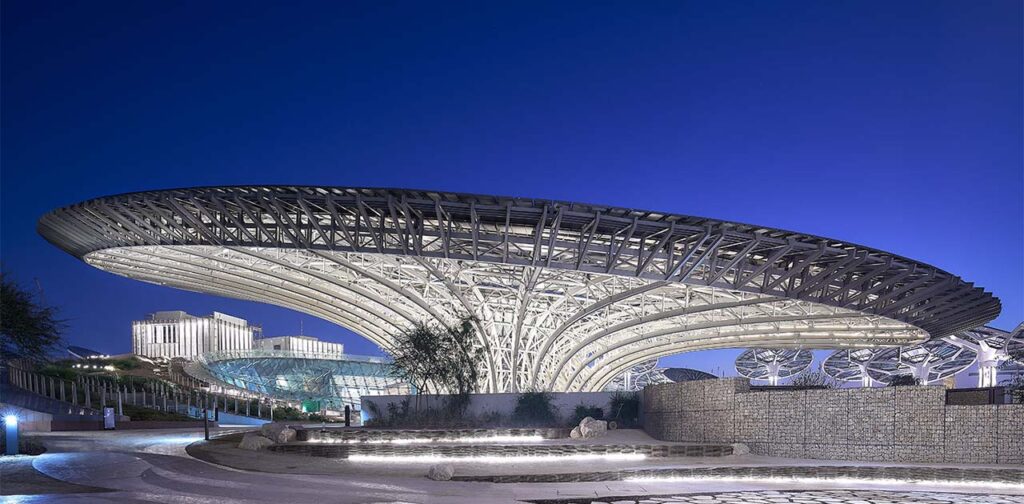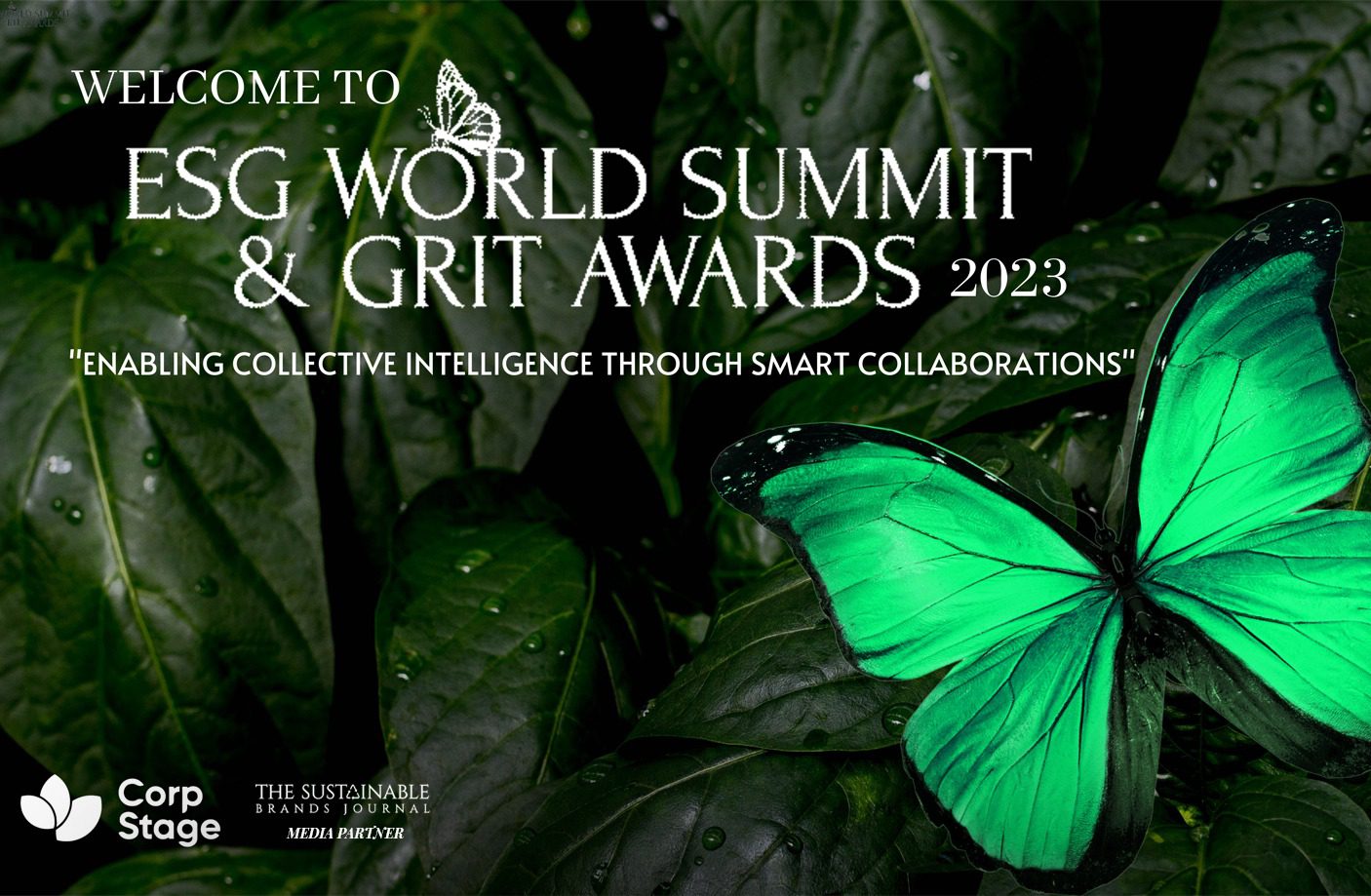
Bridging Tradition and Innovation: Sustainable Architecture in Dubai’s Skyline
Dubai is characterized by a plethora of beautifully designed and constructed architectural structures, ranging from innovative 4D skyscrapers to classic wooden pavilions. Dubai has consistently demonstrated a proactive approach in matters of sustainability, positioning itself ahead of other nations. Paving the path for sustainable living in Dubai’s vicinity, the city showcases a variety of noteworthy sustainable structures that blend artistic designs with environmentally conscious techniques.
The Structures Of Dubai – Sustainability Gifted To The Eyes
1. Sustainable City -The urban settlement with sustainable solutions
The Sustainable City in Dubai serves as a pioneering illustration of sustainable urban living. This purposefully designed community includes a balanced combination of environmentally friendly practices and technologies, including the implementation of solar energy generation, water recycling systems, organic farming, and electric car infrastructure. The organization’s dedication to the establishment of car-free zones, bicycle paths, and green areas facilitates the adoption of a low-carbon lifestyle and concurrently mitigates pollution levels.
2. The Al Bahr Towers – The dynamic shading system
The Al Bahar Towers in Abu Dhabi serves as a prime example of sustainability due to their implementation of a dynamic shading system that draws inspiration from traditional “mashrabiya” screens. This system effectively adapts to obstruct sunlight and decreases the demand for cooling, in conjunction with the utilization of energy-efficient glazing, passive cooling techniques, LEED certification, water-efficient systems, and locally sourced materials. Collectively, these features demonstrate how innovative architectural design can successfully integrate heritage and modernity, resulting in a substantial reduction in energy usage.
Related – Sustainable Architecture: What Is It And How Is It Addressing Climate Change?
3. Mohammed bin Rashid Al Maktoum Solar Park – The largest renewable initiative

The Mohammed bin Rashid Al Maktoum Solar Park encompasses an expansive area of 77 square kilometers and is situated in Saih Al-Dahal, approximately 50 kilometers to the south of Dubai. This project is considered to be among the largest renewable initiatives globally, operating under the independent power producer (IPP) framework. In addition to the utilization of photovoltaic (PV) technology in solar farms, the long-term project also incorporates the implementation of concentrating solar power (CSP).
4. Dubai’s Terra – The Sustainability Pavilion

Terra, known as the Sustainability Pavilion, was made accessible to the general public in 2021 and is recognized as one of Expo 2020 Dubai’s most prominent attractions. Its primary objective is to showcase the brilliance and potential of architectural solutions in addressing the imperative need for sustainable living in the future.
The Pavilion’s dynamic form is designed with functionality in mind, drawing inspiration from intricate natural processes such as photosynthesis. It serves the purpose of absorbing energy from sunlight and extracting fresh water from humid air.
The Sustainability Pavilion is enhanced by the presence of Energy Trees, which actively contribute to its objective of generating self-sustaining energy. The site is decorated with a total of nineteen E-trees, with diameters ranging from 15 to 18 meters. These E-trees contribute significantly to the energy needs of the structure, accounting for around 28% of its total power use. The E-Tree is a shade structure that harnesses solar energy, taking inspiration from the Dragon’s Blood tree, which is exclusive to Socotra, an island located around 200 miles away from the Yemeni shore. This innovative design allows for easy deployment and independent positioning.
Dubai is not solely engaged in the construction of towering structures built by sustainable brands but is also actively cultivating a legacy that demonstrates a responsible approach towards the environment. As the city keeps working to unite old and new, may these eco-friendly buildings serve as a source of motivation, a reminder that the plan for a greener future resides not just in the materials we employ but in the principles we support.

Prachi, an accomplished Chief-Editor at The Sustainable Brands Journal, has 15+ years of experience in Europe, the Middle East, and India, managing 90+ global sustainable brands. She’s a prolific writer in sustainability, contributing to various publications. Prachi’s unwavering passion and expertise make her a recognized authority, driving positive change and inspiring a sustainable future.





